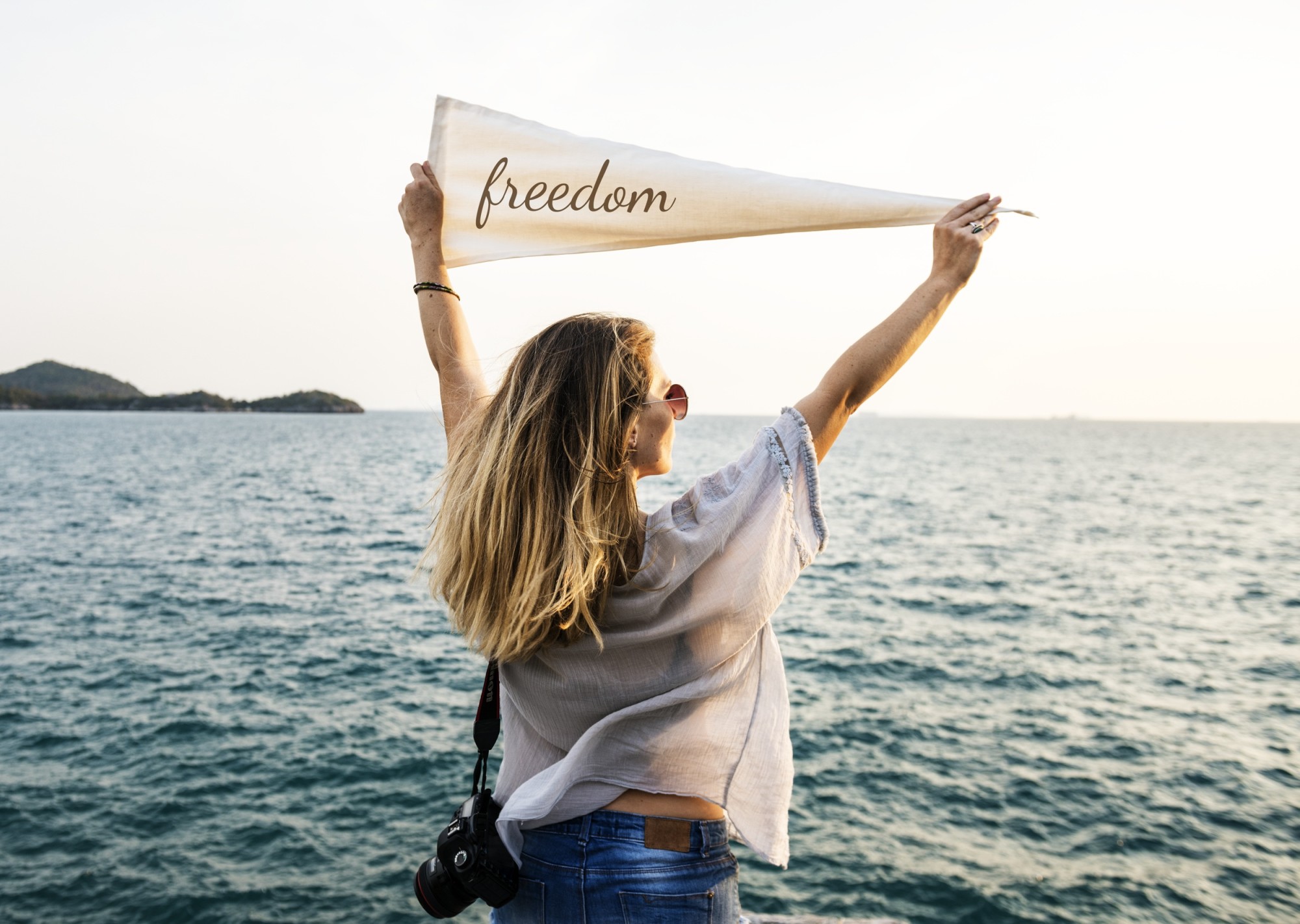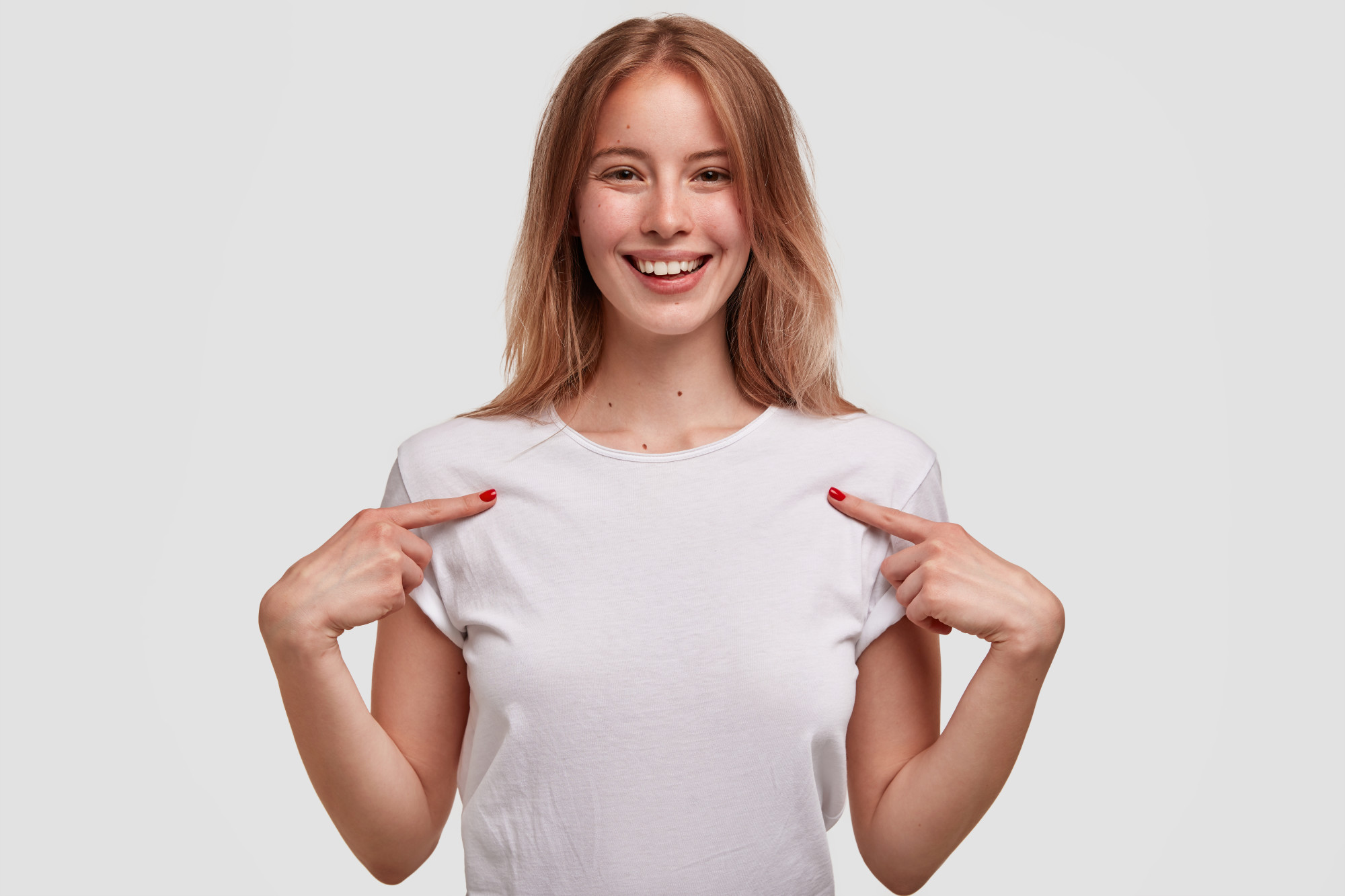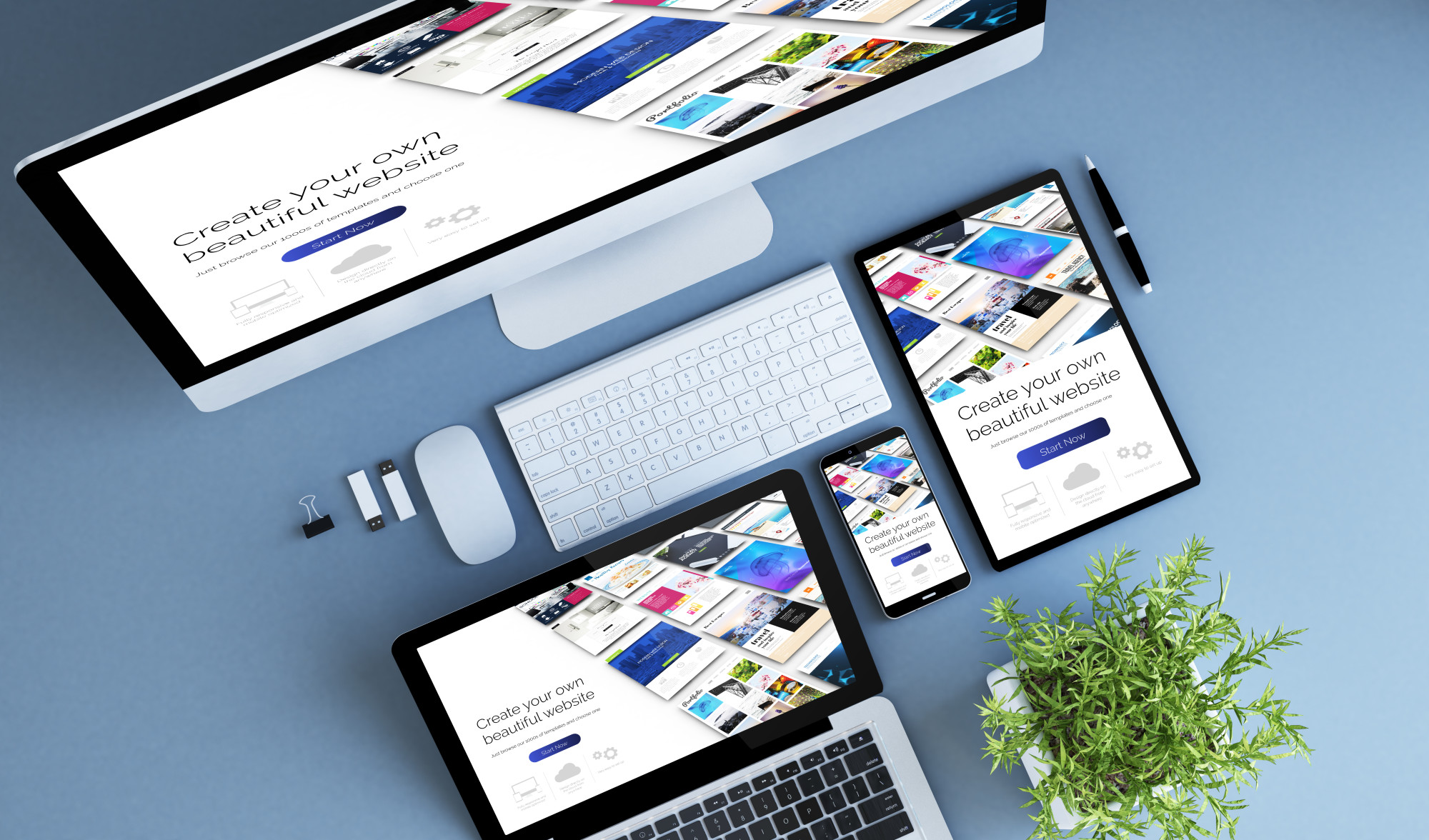Let Your Flag Fly! A Complete Guide to Flag Design
Posted on September 17, 2019 by Logo Design Tips and Tricks

You know that billboards, social media posts, and even promotional products are all great places to include your store’s logo.
But you want to get a bit more creative than the standard marketing tactics — and strengthen your branding as a result.
Why not create your own flag for your business?
Need a bit of help getting started?
Read on to learn the most important things you need to consider when developing your branded flag design.
Choosing Your Flag’s Shape and Size
Let’s cover the basics of how to design a flag that will command your target market’s attention no matter where you choose to fly it.
To start, select your flag’s shape and size.
Would you like a more traditional flag shape, or would you prefer something smaller, like a pennant (triangular) flag?
If you’re including your brand’s logo — especially if that logo is pretty detailed — we strongly suggest you go with a rectangular flag. This is because it offers more space to work with.
However, if you’re commemorating a special event/sale, or if you’re only including your company’s name, a triangular pennant flag may be your best bet.
You may even choose to create a string pennant/flag garland that can be hung across a doorway or wall. Each individual, tiny flag can have a singular letter, image, or punctuation mark.
If you’re planning on placing your flags by the side of the road, you’ll likely need a larger banner flag that can withstand high winds.
Finally, consider if you want the flag to be printed on one side, or on both of them. This largely depends on whether you plan to display the flag flat or if it will be waving in the wind.
Visual Flag Design Basics
When you’re coming up with flag designs, the most important thing you need to consider is customization.
We’ve all seen standard flags that simply say things like, “Sale Today,” or “We’re Open.” These basic flag designs might momentarily capture the attention of a consumer, but they’re not unique or interesting enough to make them pull over or wander into your shop.
In order to make that happen, you have to get creative — while still reinforcing your branding.
In general, your store’s logo is the best flag design option. It furthers your brand recognition, serves as a guidepost for consumers, and is all your own. Your logo should be the central image of your flag.
You can opt to include your motto, the name of your store, your hours, or anything else you’d like. Still, be aware that cramming too much onto your flag can be counterproductive.
Especially since people will see your flag while they’re on the go, we suggest giving them just one image to focus on — your logo.
Also, think about where you want your logo to be placed on your flag.
Would you like it right in the middle of the flag, or would it look better in the upper left or right-hand corner? Will you include any text on your flag, or should it exclusively feature your logo?
If you’re truly struggling with your design, we suggest that you work with a professional flag designer.
The Impact of Flag Colors
Whether you opt for a solid-colored background or want to use stripes to involve multiple colors, the shades of your flag design will have a direct psychological impact on the people who see it.
For example, if you want to advertise a sale or limited time offer, go for reds. If you’re a natural/organic store, choose a light green. If you want to promote a sense of relaxation, rely on blue.
We suggest including no more than three colors (outside of any colors in your logo) for your flag design. You don’t want to visually overwhelm consumers.
Choose Your Location
Where and how you decide to display your custom flag design is just as important as the way that it looks.
You can invest in fishing rod holder flag poles to display your flags on the back of your boat. You can have your branded flag framed and use it as a piece of decor inside your shop. You can hang it in your store’s window, outside of your shop, or even put several flags on the interstate or road letting shoppers know where they need to turn to find your store.
The more creative you can be here, the better. Think beyond the standard flagpole.
Show models with your flags wrapped around them in your brand’s Instagram photos. Attach your branded flags to your car and go for a drive around your city. Make sure you bring your flag to trade shows to take your booth to the next level.
You can even include miniature flags as free gifts inside your shipping boxes.
Ready to Bring Your Flag Design to Life?
Now that you know the most important aspects of good flag design, it’s time to start creating a few options to choose from.
Remember to create a minimum of three flag mock-ups and let your team — or even your social media followers — vote on their favorite option.
Still need a little help finalizing your company’s logo design? Use our free online logo maker tool to dream up several potential logos.
Don’t forget to keep checking in with our marketing blog for more tips and tricks on how to make sure your business is cemented in the minds of your target market.
How to Put a Logo on a Shirt: Top Design Tips
Posted on September 05, 2019 by Logo Design Tips and Tricks

A great t-shirt design can be used as a ‘free’ walking advertisement for your company. Some of the best t-shirt designs are simple logos on the right colored shirt.
What makes a great t-shirt and how do you design one?
In this article, we will go through our top design tips for how to put a logo on a shirt, so you can avoid a fashion faux pas.
How to Put a Logo on a Shirt: Our Top Design Tips
Follow our 7 top t-shirt design tips below to help you design a great shirt.
1. Sizing
This is one of the most important factors when you are deciding to put a logo onto a t-shirt.
If the logo is encompassed in a circle or square shape, you really need to choose the size wisely. Always print out different sizes and place them on a sample t-shirt to get a better idea of how the finished product will look.
Also, remember that you may have to scale the image for different sized t-shirts. The same size logo will look very different on an XS vs an XXL.
Consider the different t-shirt shapes too. Women’s t-shirts are shaped at the waist, while men’s and unisex t-shirts are straight up and down. This could affect the placement of the logo.
2. Placement
The print placement could make or break a great t-shirt design. You don’t want your logo to sit around the wearer’s waistline, nor do you want it so close to the sleeve that it can’t be seen.
There are standard placement areas and we can suggest these areas when you have finalized your design.
3. Fonts
If your design includes text, make sure it’s in a readable font and in a large enough size. Enough said.
4. Layout
If you have a complex design with different words, fonts and graphics then make sure your design is laid out correctly. The same text and graphics can look very amateur if they are laid out in a different way.
5. Quality
Any graphics or text you use in the logo should be the highest quality available. Once printed, you should check that the text is legible and the images are clear.
Always use vector file images as they scale to print, and you won’t run into any resolution issues.
6. Colors and Contrast
If you are printing the same design on different colored shirts, ensure that the design is clear on each color or create different designs for different colored shirts.
The colors should contrast each other enough to be readable. Don’t use light yellow on white, or dark grey on black, for example.
7. Borders & Edges
Printing photographs or portraits onto a t-shirt can be a great design on its own. Ensure the borders are correctly edited so just the portrait is printed, and not the surrounding background.
Keep It Simple!
Now you know how to put a logo on a shirt and incorporate good design practices for the best results.
Remember, if in doubt, keep the design simple.
For more logo design tips, check out the other articles on our blog.
Top Tips and Tricks for Designing Brilliant Large Banners
Posted on August 29, 2019 by Logo Design Tips and Tricks

Do you want to create a big banner for your business to hang during an upcoming event? It’s a great way to make sure that your company stands out in the crowd.
There are probably going to be lots of other large banners hanging during the event, though, and the last thing you want is for your banner to get lost in the shuffle. Therefore, it’s important for you to design a banner that’s brilliant in every way.
You should carefully consider every individual aspect of your banner during the design process. Take a look at seven tips and tricks that will make your banner a huge hit.
1. Decide How Big You Want Your Banner to Be
Exactly how big do you want your company’s large banners to be? That’s one of the first questions that you should ask yourself when you’re designing one.
You can design a banner that is anywhere from 1 foot wide to 100 feet wide depending on where you’re going to hang it. You should pick out the appropriate size based on where you’re planning to put it during your event.
You don’t want your big banner to fall short in comparison to other banners at an event. At the same time, you don’t want it to be so large that people think it looks obnoxious.
Try to find the right size for your banner before you do anything else. It’ll let you know how much space you have to play around with when designing the banner itself.
2. Choose the Right Type of Banner
Do you want a banner that you can hang up on a wall? Do you want one that will hang on a stand? Or do you want one that you can fasten to a table?
There are a bunch of different types of banners that you can buy when you’re in the market for large banners. Each one will be designed to hang in a different way.
You should, again, think about the event that you’ll be attending and consider how you want to hang your banner up. You don’t want to buy a banner to hang on, say, a wall only to find that there isn’t any available wall space at your event.
3. Pick Out the Right Banner Materials
Most of the companies that invest in large banners choose to buy vinyl banners. They do this because vinyl banners are very durable and can be reused over and over again without showing any signs of wear and tear.
There are, however, other banner materials that you can choose from if you want. For example, some companies go with mesh banners, while others choose fabric banners.
The materials that make up your banners will determine how long your banners last to some degree. They’ll also alter the look of your banners and make a statement to those who see them.
4. Consider Which Colors to Use on Your Banner
When you’re going through the process of designing large banners, you can put any colors that you want on them. But you should think long and hard about which colors you choose since the colors will evoke certain emotions in those who see them.
Red, for instance, is a color that will express a sense of urgency to those who see your sign. You’ll get people’s blood pumping if you make your sign bright red.
Green, on the other hand, is known to calm people down and put their minds at ease. It’s a great choice for those who want to make people feel more relaxed at an event.
It’ll be up to you to figure out how you want people to feel when they see your banner and choose the corresponding colors. You should try not to use too many colors since that could make your banner more confusing than you want it to be.
5. Utilize a Font That’s Easy to Read on Your Banner
Most companies put at least a few words on their large banners. They’ll put things like their business names, their slogans, and their websites on them.
If you’re planning on doing this, find a font that will be easy for people to read at an event. In a perfect world, it should be easy to read both up close and from a distance.
It doesn’t matter how big you make words. If the font that’s used to write them out isn’t decipherable, it’s not going to matter.
6. Make Sure Your Company Logo Is Prominently Positioned on Your Banner
Your company logo is one of the most important marketing tools you have. You should stick your logo on everything that you create, including banners.
You should avoid sticking it in some corner of your banner where people won’t look, too. You want your logo to be front and center where everyone will see it as soon as they look at your banner.
By doing this, you’ll build up your brand recognition. People won’t have any trouble identifying which company is associated with your banner.
7. Trust the Best Company to Bring Your Banner to Life
Designing the perfect banner for an event is only half the battle. You also need to hire the right company to take your designs and bring them to life.
View here to learn more about a company that can help you make the most of the large banners that you’re creating.
Let Large Banners Set the Right Tone for Your Company at Events
When your company is in attendance at an event, you want to make sure that you and your employees mix and mingle with people to make your presence felt. But you also want to make your presence felt without having to say a single word.
Large banners can help make this possible. You can communicate with everyone at an event without actually talking to them through banners. They’ll help set the tone for your company and show others what you’re all about.
Check out our blog for some useful tips on incorporating a great logo into your banners and other marketing tools.
Web Design Matters: All About the Importance of Website Design
Posted on July 22, 2019 by Logo Design Tips and Tricks

The world of business is evolving all the time, many of the most recent innovations have to do with the internet. Today, about 17% of sales are done online.
Therefore, the importance of website design cannot be emphasized enough. Having an organized, navigable website with a decent logo can be the difference between a successful business and an unsuccessful one.
Unfortunately, most of us are not computer technicians or experts on the world wide web, so making a good website can seem like a daunting task.
The good news is that you’re not alone. We’ve made a list of some features that every website should have (and why) in the paragraphs below.
1. Business Information
The first thing anybody should know when visiting your website is why it exists. Do you sell cakes? Used cars? Legal services? The purpose of your business should be clear almost instantly.
The purpose of your business should be clear on the front page and in the domain name. If you sell bouncy castles, for instance, bouncekingdom.com would be a great domain name. A more vague name like aircastles.com would not be as good. In general, using a domain name with five letters or less can make your brand easier to remember and type.
Not only will you need to communicate the purpose of your business, but other information should be easy to find as well. If your company has a logo, it should be visible on every page, without taking attention away from everything else.
It should also be easy to get a hold of the business. Usually, this is done through the use of a ‘contact us’ page. Most websites display these prominently so that the customer will be able to reach out to them without any difficulty.
If you’re looking for a company to help with web design Richmond, Virginia is a great place to start.
2. Other Content
In the earlier days of the internet, having a website that was exclusively about business was common. However, recent years have seen the rise of a new trend, often referred to as link building or search engine optimization.
The basic idea behind this is to put articles on your website related to your particular business or industry. By sharing relevant advice and information, you can use the sheer power of human curiosity to increase your website traffic.
This may seem like a strange tactic, but it works, especially for small businesses.
Maybe Valentine’s Day is coming up, and I’m not in the market for flowers, or an engagement ring, or any related gifts. However, I see an article on the origin of Valentine’s Day, and now I visit the website just to learn more.
3. Mobile Friendly
Since late 2016, mobile browsing has consistently accounted for roughly half of all internet use. If your website isn’t capable of being navigated from a phone or other device, you’ve already lost a gigantic customer base.
Whatever website design you end up going with, mobile use needs to be a necessity.
The Importance of Website Design
The importance of website design must be understood when running any kind of business. We’ve mentioned only a few of the things your website must have above, but there’s more out there.
We encourage you to do more research on your own.
If you want to know more about business logos or are looking to have one made, please check out the rest of our site.








